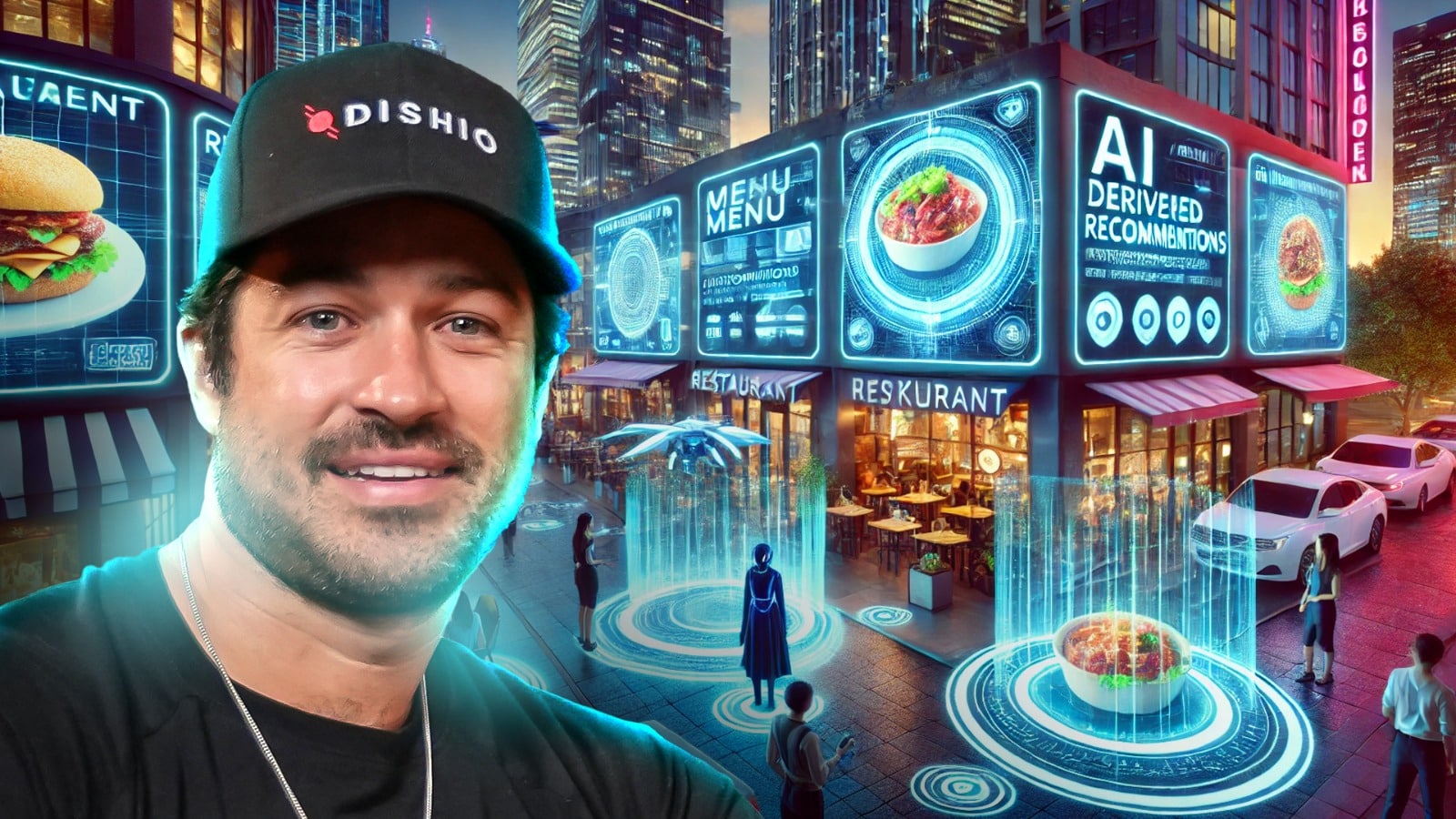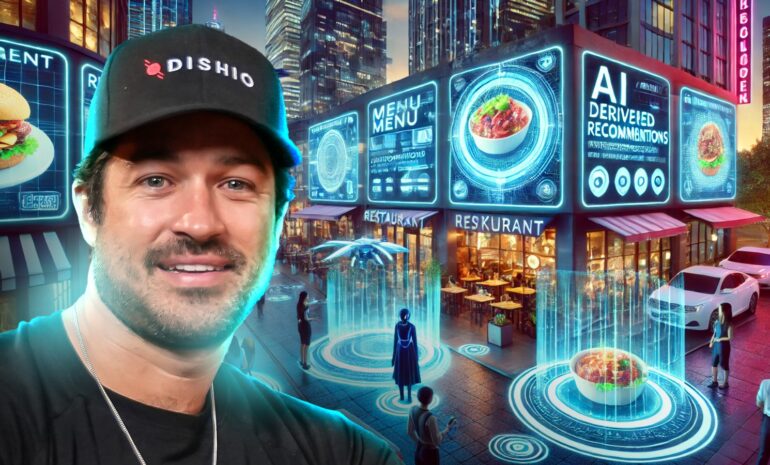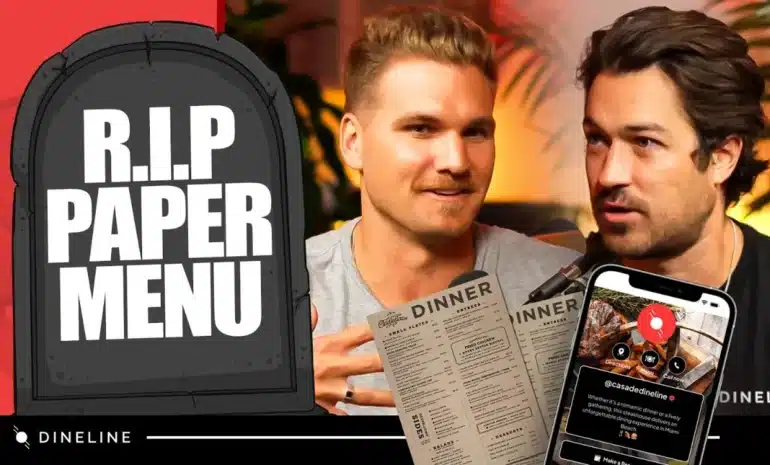Pricing isn’t just a numbers game—it’s a psychological one. For restaurant owners, small shifts in how items are priced and displayed can make a big difference in how much guests spend, how they perceive value, and how frequently they return. That’s why understanding the art and science of restaurant pricing strategy is essential for long-term success.
You don’t need to raise prices to increase revenue. Instead, you can use menu psychology to guide customer decisions, encourage upsells, and highlight high-margin items—all while keeping your guests happy. Our team at Dineline uses tools like Dishio revenue optimization to help restaurant owners take this a step further, providing real-time insights into what’s working and where to improve.
Smart Pricing Strategies That Influence Decisions
The way prices appear on your menu can greatly influence how guests perceive and choose items. Here are several menu psychology tactics that work:
Charm Pricing
Using prices that end in .95 or .99 (e.g., $12.95) may seem outdated, but studies show they still influence buyer behavior. These “charm prices” feel smaller than round numbers, even if the actual difference is just a few cents. That psychological impact can increase order volume without raising menu costs. Even better, this approach doesn’t require any changes to ingredients, portions, or prep time.
Price Anchoring
Adding a high-priced item near other similar options makes the mid-priced choices look more reasonable. For example, placing a $45 steak next to a $28 entrée makes the latter seem like a great deal, even if it’s slightly above your average check size. This technique helps boost average ticket value with minimal resistance. It’s an easy way to highlight the value of your menu without offering actual discounts.
Decoy Effect
This strategy involves offering three versions of a product, small, medium, and large, with the middle option being the most profitable. Guests tend to choose the medium size when they see it as a better value compared to the high-priced item, even if it’s more than they originally intended to spend. The key is to design the “decoy” so it makes your preferred option stand out as the smartest choice.
Bundling
Creating combo meals or pairing entrees with drinks or desserts at a slight discount encourages customers to spend more without thinking they’re overspending. It’s a great way to boost sales on items that may otherwise be overlooked. Plus, bundling speeds up decision-making and keeps the dining experience stress-free.
All these tactics fall under the umbrella of restaurant pricing strategy, helping you subtly nudge customers toward the decisions that benefit both them and your bottom line.
Real-World Examples of Pricing Success
Smart pricing goes beyond numbers—it taps into behavioral triggers, strategic menu design, and data-backed decisions that drive real results. With Dineline’s integration of Dishio revenue optimization tools, restaurants are turning everyday menu items into powerful profit drivers.
BR77 Brazilian Steakhouse saw an impressive 18% revenue surge after moving away from generic OpenTable ads and embracing Dineline’s pricing guidance. By adjusting price points and reordering how menu items were presented, the restaurant encouraged guests to choose higher-value dishes without increasing portion costs.
At BORO Market, strategic menu updates and AI-powered price testing led to a 58% increase in December sales, followed by another 59% jump in January. Dineline’s approach nudged customer behavior toward high-margin options by analyzing performance data in real time.
Carl & ‘Chelle’s Grill Room reported a 15% sales boost in just one month. Visual menu cues and guided pricing strategies helped highlight premium offerings that felt like a deal—without discounting.
Ambrosia Bakery brought in $120,000 in new revenue through optimized pricing, seasonal bundling with their “Box of Mini Bakes” samplers, and well-timed promotions that matched customer buying patterns.
These real-world examples show that smart pricing isn’t a shot in the dark. It is a strategy rooted in psychology, technology, and results.
How Dishio Data Drives Smarter Pricing Decisions
Pricing psychology is a powerful tool that can significantly impact a restaurant’s revenue without needing to raise prices across the board. By understanding how customers perceive value and utilizing psychological pricing strategies, restaurants can optimize their menu pricing for maximum profitability.
However, the true potential of pricing psychology is unlocked when combined with technology. Advanced revenue optimization platforms like Dishio leverage the power of data and analytics to take pricing strategies to the next level.
Dishio’s intelligent platform analyzes a wealth of data, including guest behavior, item performance, and historical trends. By identifying patterns and correlations within this data, Dishio can provide valuable insights that inform more effective pricing decisions.
With real-time feedback from Dishio, you can:
- Test different price points to find the sweet spot for each dish.
- Experiment with bundles and track performance instantly.
- Monitor average ticket size by time of day or customer segment.
- Use A/B testing to refine menu layout, item names, and pricing formats.
Dishio revenue optimization turns trial and error into a strategic process. Instead of guessing what will increase sales, you have concrete data that backs your pricing choices. When used together with menu psychology, it creates a powerful pricing engine that works around the clock to increase revenue without raising prices across the board.
Rethinking Pricing as a Profit Lever
Many restaurant owners fear that raising prices will drive away loyal customers. But pricing isn’t just about charging more—it’s about charging smarter. When you apply the principles of menu psychology and back them with tools like Dishio revenue optimization, you can boost profits and guest satisfaction at the same time.
Think of your restaurant pricing strategy as an ongoing experiment. The right layout, language, and item placement can make a $14 entrée feel more valuable than a $12 one. By understanding how customers think and using technology to track their behavior, you’re not just reacting to trends. Instead, you’re shaping them.
So whether you’re refreshing your menu for the new season or looking to grow profits during slower months, revisiting your pricing approach could be the smartest move you make this year.
Contact Us Today
With deep experience in restaurant pricing strategy, smart design practices grounded in menu psychology, and advanced tools like Dishio revenue optimization, our team can help you fine-tune your pricing for better performance and happier guests.
Let’s rethink pricing together—smarter menus start here.
Want to maximize revenue without increasing menu prices? Let Dineline show you how!


